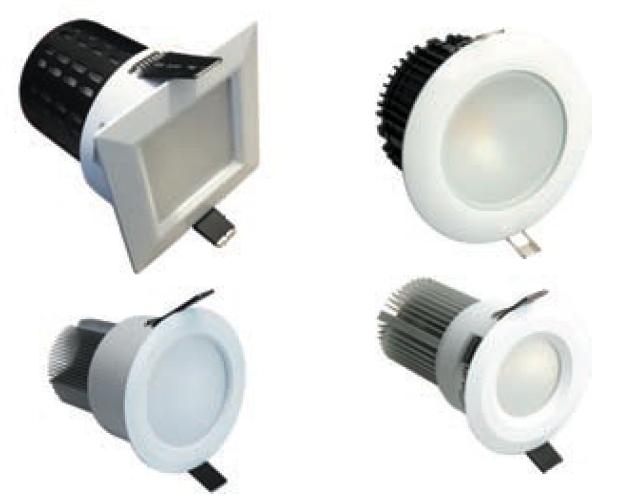Leaving no stone unturned

The residential LED lighting market is becoming increasingly saturated, with an abundance of international lighting suppliers claiming near impossible performance capabilities and specifications, with many of them not quite living up to the hype.
That’s why, when it comes to LEDs, a lot of contractors are sticking with Australian-designed product, to guarantee quality and make sure products are suitable to local conditions and regulations.
ADVERTISEMENT
Hillstone Architectural Lighting is relatively new to the market, but after spending two years developing a range of LED lighting solutions, the company now has developed a range of products which offer one of the highest outputs and spreads of light available.
Hillstone director Scott Johnstone was originally in the plumbing industry for 28 years, but after spending 10 years importing and sourcing products, he recognised that the demand for LED lighting was going to grow with changes to the construction industry – namely the alterations to Building Code of Australia (BCA) regulations in May 2011 which allow just 5W per square metre of lighting in residential properties.
“Our downlights took us around two years to develop, with much of our time spent investigating all the existing LEDs on the market. After searching for a long time, we couldn’t find anything we believed was completely suitable for the Australian market,” Scott says.
“After speaking to builders, electricians and consumers, we were able to find out what they really wanted.
“We found a reliable chip manufacturer in Japan who we believed made the best quality products. Then we developed a new LED which was suitable to Australian systems and regulations.”
Hillstone’s 13W, 15W and 25W LED downlights use single chip technology which creates enough brightness to be used as single room lights, and if too intense, the lights are fully dimmable via all leading dimming systems. What’s more, the 15W range is 20% brighter than existing 50W dichroic halogens and can be retrofitted without the need for any further cutting.
The existing halogen downlight can simply be removed and replaced with the 15FDLR kit. However, the LEDs fully come into their own through an internal reflector which amplifies the light output, as well as a cleverly designed frosted lens which considerably improves the light spread. This frosting works by diffusing the light – instead of passing straight through the lens, the light hits the frosting and disperses in many different directions, filling the whole room instead of spotlighting particular areas. This frosting also hides the internal componentry, which was particularly important for Hillstone as aesthetics is a big focus for the company.
“The frosting makes the light look smoother, and the use of a single chip provides a much more appealing beam, as you don’t have individual spots on the light, like you would with a multi-chip system,” Scott says.
“We have tried to make our downlights the brightest on the market for their size, with the best light dispersion available – which I believe we have.”
Naturally, a common concern for contractors is the high price of LEDs, and that’s why Scott says Hillstone’s high output and dispersion is so important as it maximises what the client gets for their money.
“LEDs can be expensive, so using four downlights per room is often a hard sell to consumers. When all you need is one light to illuminate a whole room it provides a more affordable alternative.”
Another advantage for electricians is the casing of the LEDs. As well as an adjustable gimbal version, the units are also available in a fixed head option, which completely encloses the internal electronics, improving light output and reducing heat dissipation. This significantly improves the efficiency of the unit, and can also be influential if you are aiming to achieve a six star rating for an installation.
“If you have around 30 gimbal downlights in a house you can lose half a star because of temperature loss through the ceiling space. Our range of fixed models prevents that from happening,” Scott says.
In terms of lifespan, based on average household usage, it is expected that Hillstone LED downlights will retain 80% of initial brightness after 80,000 hours – an approximate of 20 years. All LEDs are also supplied with a maximum 300V input driver with 3,100V spike protection. These drivers can be located up to 30m from the LED without effecting light output. To complement its range of downlights, Hillstone also has a suite of budget ceiling lights, an outdoor range, panel lights, strip lighting and a decorative and illuminating starlight solution, which Scott says is increasingly growing in popularity.
“Our starlights are very competitive as they effectively replace the common 20W halogen starlight with a 3W alternative,” he says.
Hillstone is looking to continue this trend and expand its range, adding new features and technologies. Scott says he hopes the company’s range will eventually be the go-to solution for all the home’s LED needs.
“Ultimately, we are aiming to become the Australian leader in domestic LED products, becoming the company which supplies a whole house, inside and out, with LED lighting.”
-
ADVERTISEMENT
-
ADVERTISEMENT

